If you do not know, in our body there are always mutant cells, just waiting to create cancerous tumors. However, in a healthy body, these cells will be under the control of the immune system.
It is only when your immune system is weakened that cancer cells have become so strong that they develop into tumours. That’s why at some point in our lives, 40% of all of us will receive a cancer diagnosis.
But humans are not the only creatures suffering from this grim disease. Many animals also frequently get cancer and die prematurely as an inevitable consequence, because in the natural environment they do not have doctors or hospitals to treat them.
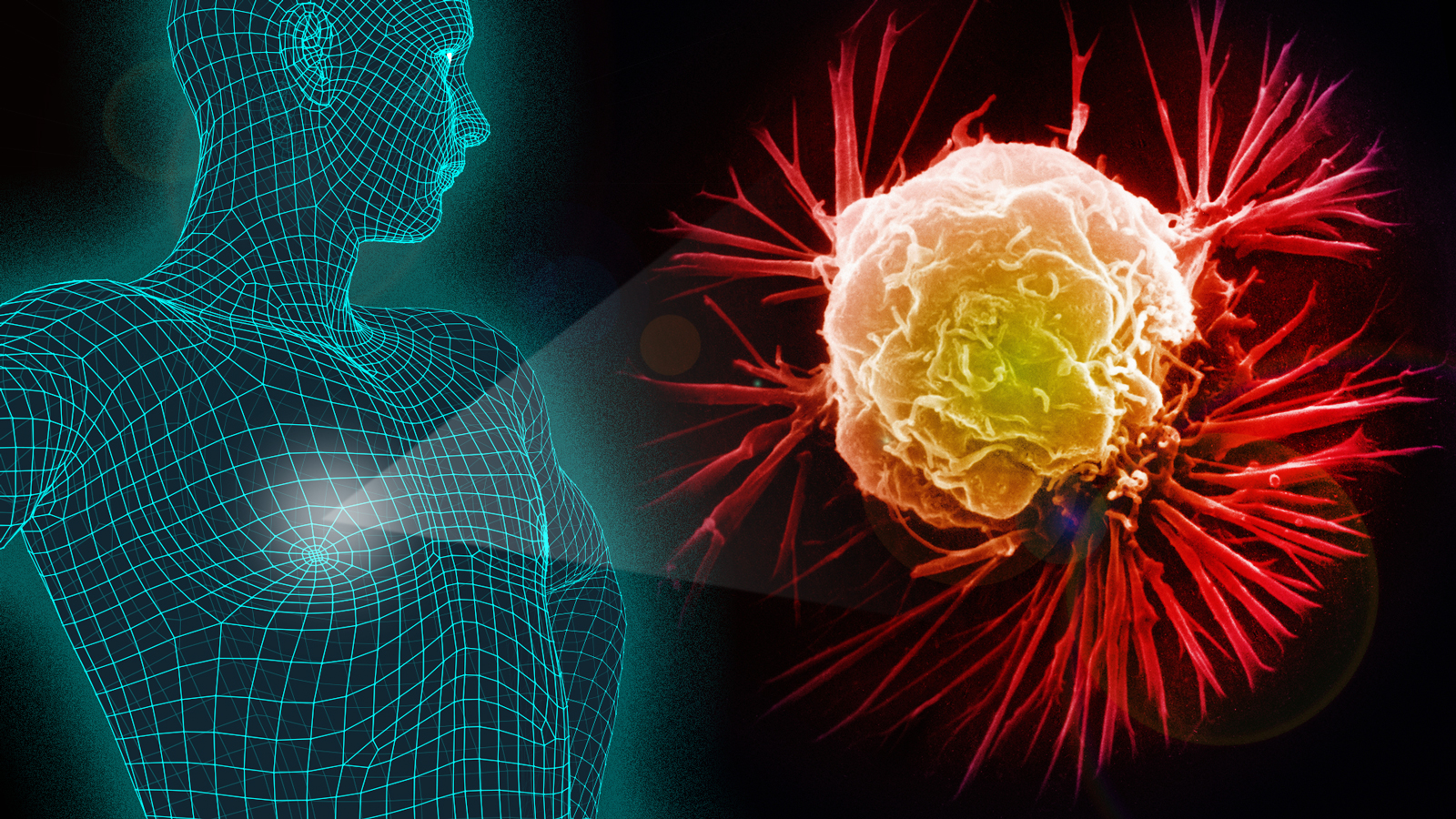
Strangely, scientists discovered that some animals are less prone to cancer than others, while, there are some species with very high rates of cancer.
And like many human inventions that we learn from animals, scientists believe that many animals also hold the secret to help them avoid this deadly disease.
Carnivorous animals increase the risk of cancer
In a new study published in the journal Nature, a team of Hungarian scientists analyzed the autopsy records of 110,148 animals that died in zoos around the world. The carcasses belong to 191 different species and were collected from 2010 onwards by an international non-profit organization called Species360.
Orsolya Vincze, a researcher at the Center for Ecological Research in Hungary, says these records provide a large amount of evidence that allows you to gather information about the cause of animal death.
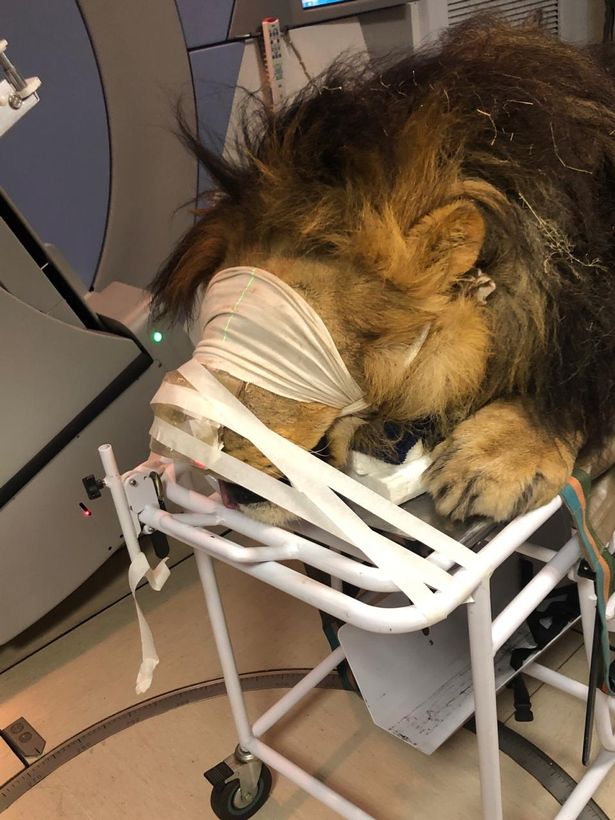
A lion with cancer undergoing magnetic resonance imaging for treatment.
Animals living in the wild of course also get cancer, but their information is difficult to gather. One reason is because these animals will be naturally selected.
They tend to die earlier because of lack of care. After cancer, animals will often starve because they are no longer healthy to find food or easily become prey for predators.
“You have to go to zoos where every animal is watched and you know when they die and what causes they die.”, Vincze said.
The results of the analysis show that most animals are at risk of cancer, but in general, animals that eat other animals have a higher risk of cancer than herbivores.
For example, kowari (Dasyuroides byrnei), a small, carnivorous marsupial from Australia are known to be the most susceptible to cancer, with 16 of the 28 profiles analyzed (or 58%).
Other carnivores such as leopards, bat-eared foxes and red wolves also have high rates of death from cancer.
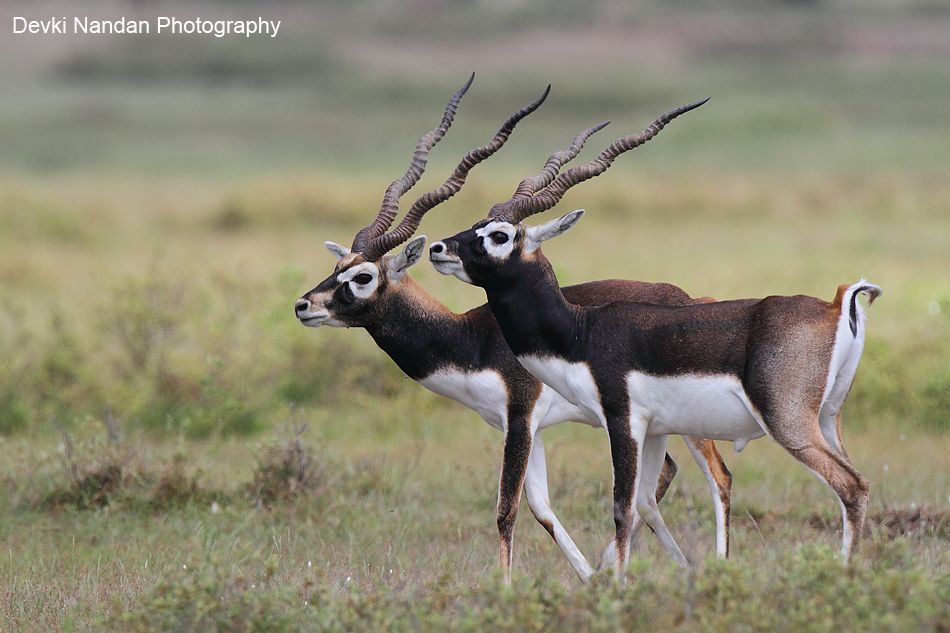
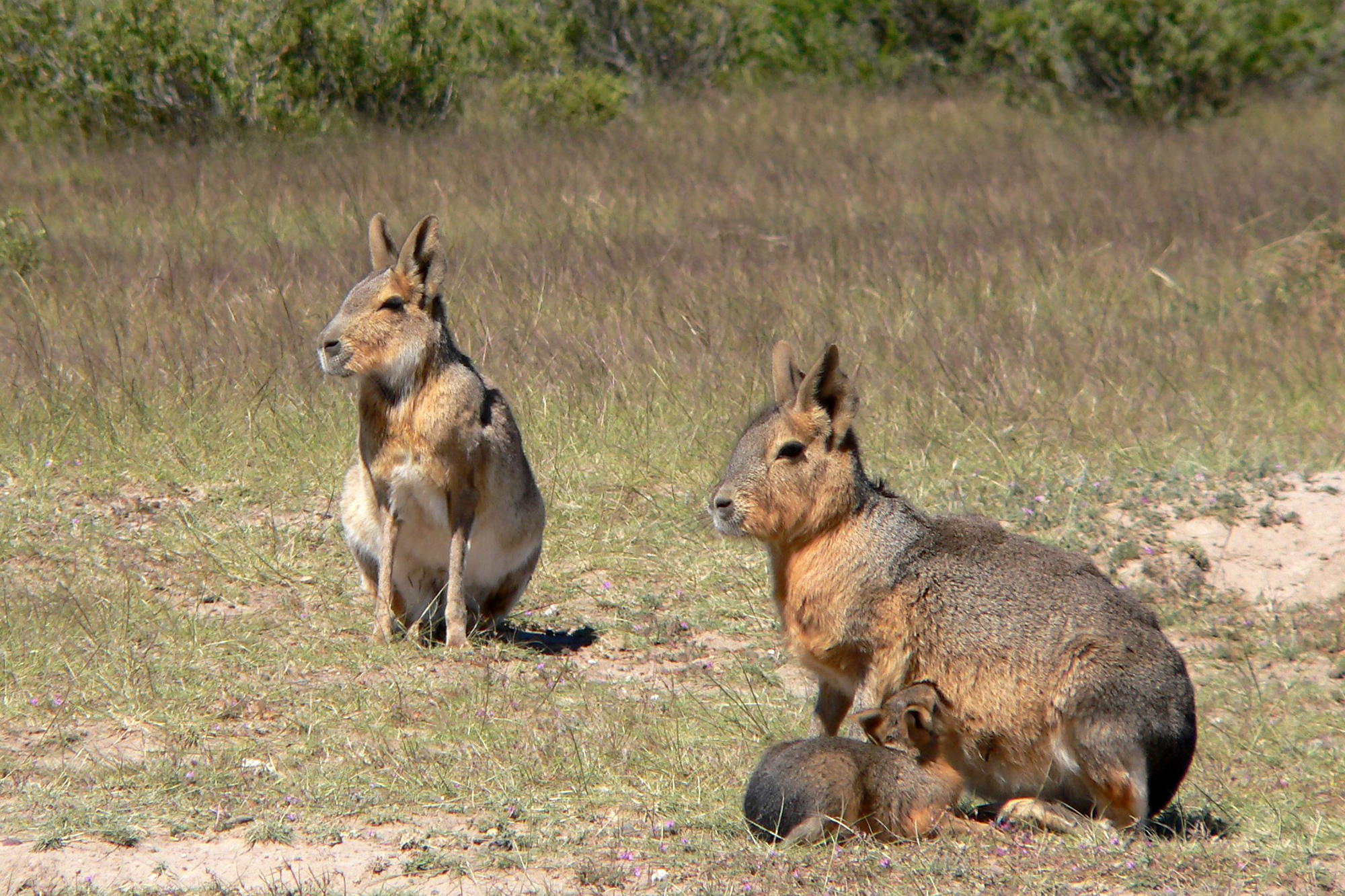
Black antelope (Antilope cervicapra) and patagonian (Dolichotis patagonum) are two herbivores with very low cancer risk.
In contrast, herbivores such as antelope, sheep and cows are among the group of mammals that are least susceptible to cancer. Two species that are particularly resistant to cancer are the black antelope (Antilope cervicapra) in India and the patagonian (Dolichotis patagonum), a large rodent from Argentina.
Not a single cancer death was found among the more than 400 carcasses of these two species.
Peter’s Paradox
One surprise in the study was that the scientists confirmed that the size and lifespan of the animals were not related to their cancer risk. This phenomenon is known as “Peter’s paradox“, discovered in 1977 by British epidemiologist Richard Peto.
It’s called a paradox, because theoretically larger and longer-lived animals must accumulate more mutations each time their cells divide. Cellular mutations are known to cause the production of abnormal cells and cause tumors in the body.

Vincze says this has been confirmed in a number of animals, such as dogs and humans. A cause-of-death analysis of more than 74,500 domesticated dogs in North America in 2011 found that smaller breeds have a lower risk of cancer than large breeds, and vice versa.
Meanwhile, a 25-year follow-up study of 17,738 male civil servants in the UK found that the taller the man, the higher his risk of cancer. The same study done on more than 1 million women in the UK in 2011 also showed similar results.
But this is only true when we look at the species scale. And between animals, the Peto paradox will appear. For example, elephants and whales, which are extremely large and long-lived, have a much lower incidence of cancer than humans.

Despite their size and longevity, elephants rarely get cancer.
This may be due to the evolutionary basis of these large animals, Vincze explains. To be able to grow larger with a longer lifespan, they had to accumulate genetics that allowed them to suppress cancer cells.
In 2015, a study in the journal Cell Reports found such a gene in the bowhead whale (Balaena mysticetus). Another study in the same year found that whales possess up to 20 copies of the tumor suppressor gene TP53, while other mammals such as humans have only 1.
Genome analyzes of the preserved mammoth also show that the giant has 14 copies of the TP53 gene.
Opportunity to find and develop cancer prevention and treatment measures
Going back to the findings from the study by Vincze and colleagues, it reinforces the repeated assertion that the lifestyle and the foods we eat determine our cancer risk. .
Beata Ujvari, a study co-author from Deakin University, Australia, said meat consumption causes animals to accumulate more pollutants in the food chain.
Herbivores have accumulated pollution from plants, then carnivores have accumulated pollution one step further, from plants and herbivores as well. The top carnivores, which eat other carnivores, accumulate even more pollution.
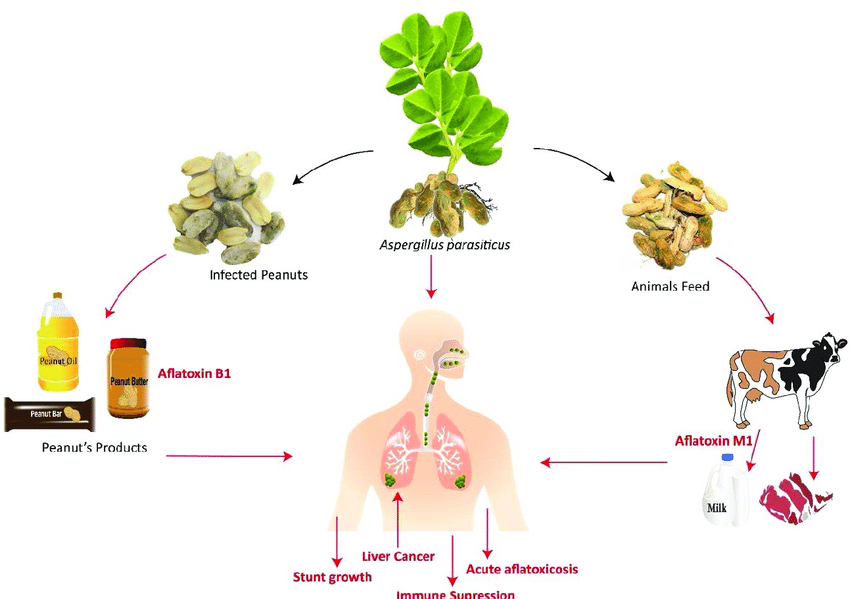
Pollutants that accumulate in the food chain can increase the risk of cancer.
What’s more, carnivores consume a lot of fat, have less fiber, and have less diverse gut bacteria than herbivores. These are all factors associated with cancer risk, and have been confirmed in humans as well.
In the study, Vincze and Ujvari also found that eating raw beef, which contains a strain of the papillomavirus, may be responsible for making lions more susceptible to cancer. This virus has also been confirmed to cause cancer in humans.
Additionally, the researchers suggest that the sedentary, captive environment in zoos also contributes to the animals’ increased cancer risk, although they’ll need to confirm that with statistics in the wild. .
But apparently, this is again true for humans. A sedentary lifestyle and lack of exercise can put you at a higher risk of cancer. As an animal, humans will also share many of the causes of cancer with other animals.
Therefore, looking at animals is also a way for us to draw experiences for ourselves.
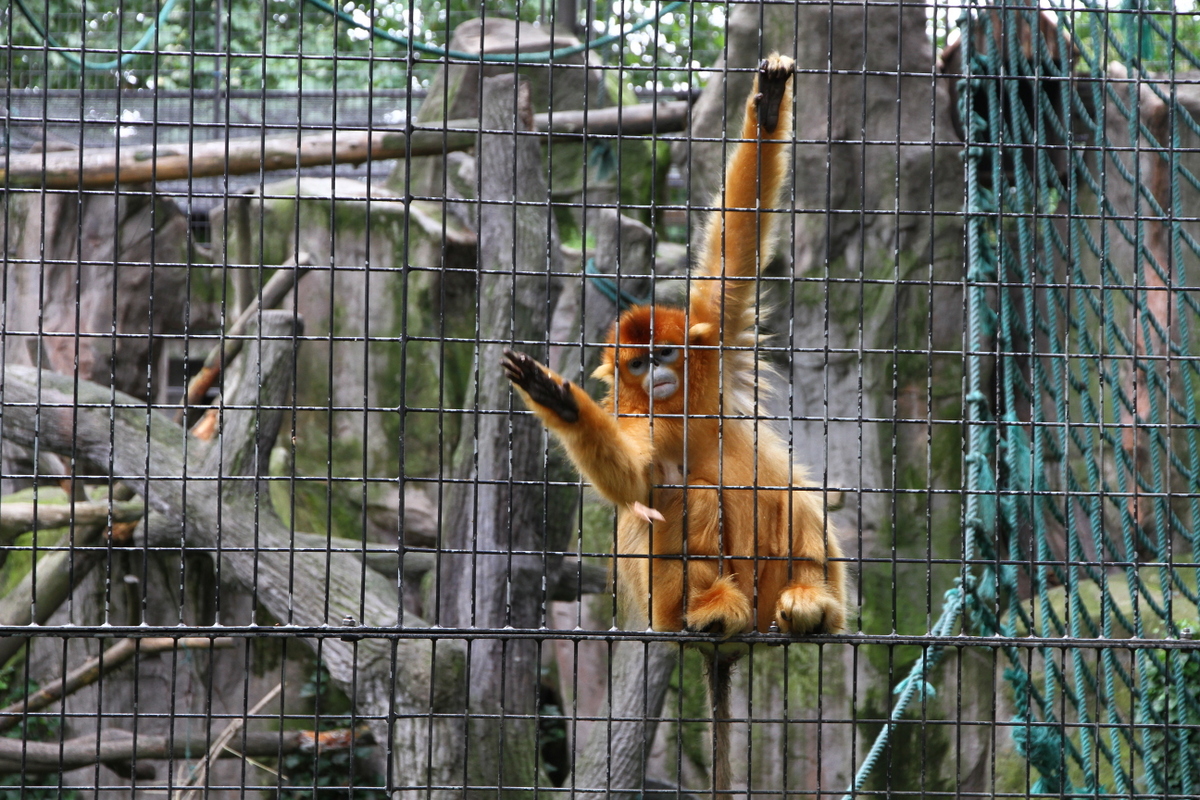

A sedentary lifestyle and lack of exercise can put you at a higher risk of cancer.
In-depth study of the Peto paradox and the cause of cancer suppression in herbivores may also help us find ways to prevent and cure cancer.
In the future, the scientists plan to learn more about black antelope and patagonian to see what their secret to cancer prevention is, beyond dying a low-fat and high-fiber diet.
“We can actually look at those molecular mechanisms and identify them, and try to design new treatments for cancer in humans and in animals.”, Vincze said.
See Arstechnica, Ncbi
.
